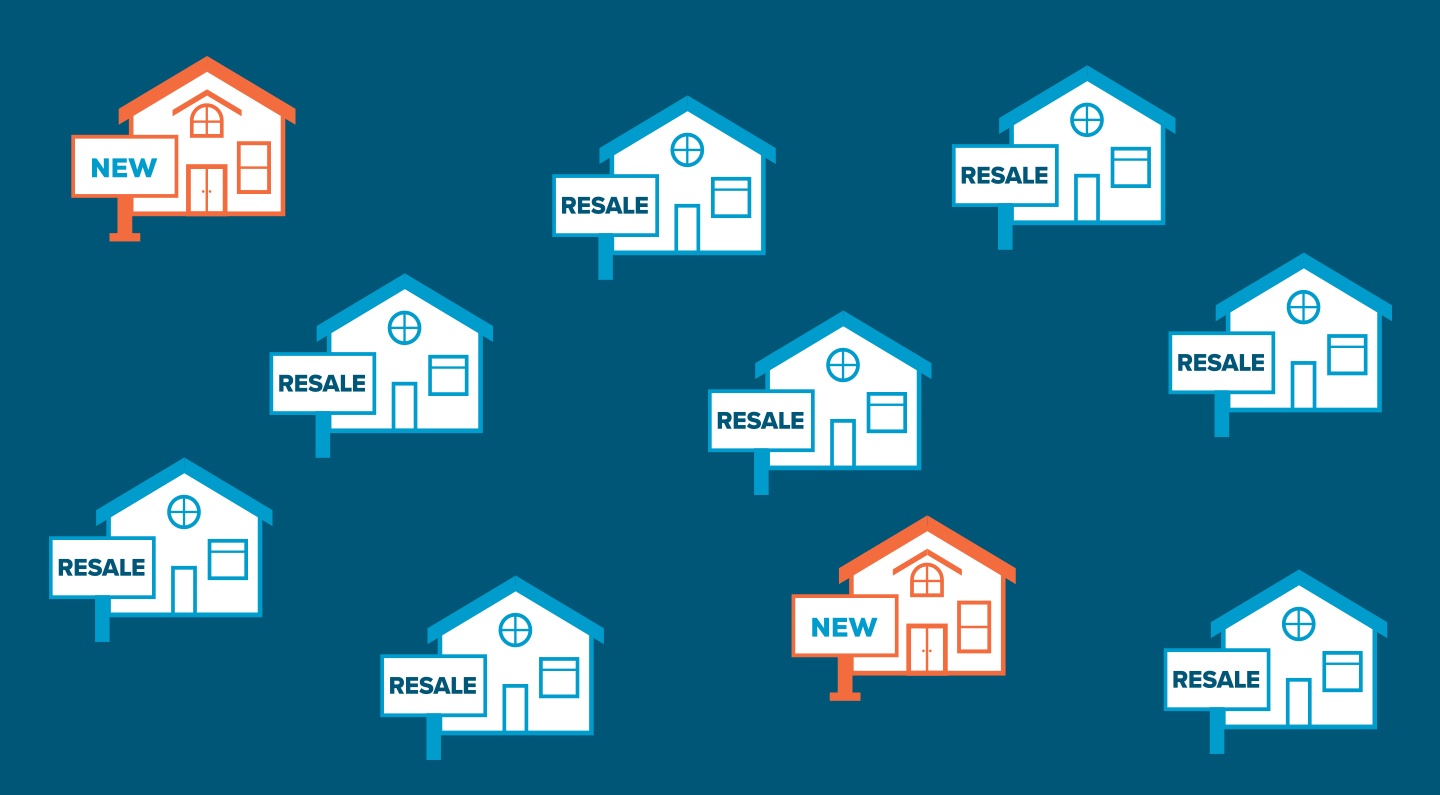Value is Greater than Discount
When we buy a product or service, we’re looking to get the best and most value for our money.
When we market a product or service, we’re looking to convey the best and most value for the money.
Sometimes companies get confused as to the true meaning of “value,” and what their customers really want.
Sometimes companies think “value” is exclusively a synonym of “low price,” and that constantly having sales is the only way to inspire customer loyalty.
But as Marketing Dive says, “Value isn’t just about the discount.”
So, what exactly is value, then?
Let’s take a closer look at what value is, what value isn’t, and how to properly show your audience your brand’s value.
Value is…
Value is, quite simply, what positively differentiates your products and services (hereafter just referred to as the catchall “product”) from those of your competitors. Or, more specifically, how your customers interpret those positive differences.
MarketingTutor.net breaks value down into four categories: functional, social, psychological, and monetary. Functional value is how well your product solves the customer’s problem—the better it solves it, naturally, the more functional value it has. Social value is the added increase in social standing or prestige amongst peers your product gives your customer. Psychological value is how much pleasure and satisfaction the product provides.
We’ve separated monetary value into its own paragraph because it involves math. Monetary value (also called perceived value by some) equals the perceived benefits (i.e., functional, social, and psychological values added together) divided by the retail price (expense) of the product. Let’s call this the Perceived Value (PV) Equation. So, yes, money is part of a product’s value, but only a part of this generally accepted formula.
Value Categories “Real World” Examples:
Functional Value:
A fantastically simple example of ads showcasing functional value is Miller Lite’s Great Taste, Less Filling campaign. Beginning in 1974, Miller used four words to highlight the two greatest functions their product offered: that their lite beer was both “great tasting” and “less filling.” Those are the two characteristics that beer drinkers would be looking for in a lite beer, and it’s no wonder Miller cornered the market for decades with this simple campaign stressing exactly how their product met the needs their customers desired.
Social Value:
For a very dramatic example of social value, let’s look at the classic 1984 ad from Apple. In this mini film, we see hordes of subservient (possibly brainwashed) followers walking in unison and behaving and looking just like each other. Amongst this, a brave woman runs wielding a sledgehammer. Pursued by the conformity police, she lobs the hammer at a screen, shattering the status quo while a voiceover announces the coming of something new: the Macintosh. The social value promised: get a Macintosh, be different, be better, and be on the cutting edge of personal computer technology.
Psychological Value:
Many sports and sports-adjacent companies use inspirational messaging to boost their brand’s psychological value. Nike is no stranger to this tactic. In one of their famous “Find Your Greatness” ads, a 12-year-old boy is seen jogging towards the camera. He isn’t a big sports star, but rather a normal person trying his hardest and doing his best. This campaign shows that Nike, as a brand, supports everyone who is trying to get out there and (you knew it was coming) “just do it.” And this intrinsic support boosts how good their brand and products make you feel if you buy them.
Monetary Value:
As touted by a little green gecko for years, “15 minutes can save you 15%.” In one easy-to-remember catchphrase, Geico has imparted its monetary value proposition to the customer. They have shown how their product might cost significantly less than that of their competition. As Chip Heath, Professor Emeritus at Stanford Business School, said in an interview, “…If you understand numbers, you’re more likely to get wowed by the numbers.” In this case, Geico very simply presents and explains the numbers to highlight how much more monetary value their product offers customers.
In summary, value is perceived by the customer based on how much benefit the product gives the customer (functionally, socially, and psychologically), while being weighed against the retail price of the product. As marketers, our goal is to truthfully and clearly showcase the benefits of products we market, to help customers make a favorable-to-us decision.
Now we know more of what value is. But it’s just as important to explore what value isn’t.
Value isn’t…
Value isn’t just being concerned with a customer saving money. Remember, monetary value is just one part of the equation. To artificially alter the equation by just lowering the product’s retail price will not lead to happy customers. Sure, they’ll pay less for your product, but they won’t get the high functional, social, or psychological value as they would if you concentrated on improving the product first.
Some retailers like the attention that sales bring, but don’t like losing the per-product revenue. These retailers do the unthinkable: inflate retail prices to put them on sale at their regular price. This deceptive practice unbalances the PV Equation by introducing, basically, two retail prices, thus decreasing perceived value.
Other companies have frequent sales, where products have their retail prices lowered for a small period of time to create artificial excitement for the item. This can be a good way to clear out inventory or get a limited boost in revenue, but it is also detrimental regarding a product’s overall perceived value. You see, continuously putting a product on sale diminishes its value in the minds of customers by messing with the PV Equation. If a product is sold at a discounted price for too long or too frequently, this sale price becomes, in essence, the new regular price—and is all consumers will want to pay for it. Once customers get trained into the cycle of sales, products have a hard time selling at full price from then on.
“Real World” Example
We’ve all seen the signs as we wait at a traffic light in town: “80% off going out of business sale” for a furniture store we’ve never heard of. Looking closer, we spy “up to” really small in front of the “80%” part. These signs remain up for months, and what happens? We become immune to them. The constant sales message not only numbs us to thinking about the products as having value, but also numbs up to the message of the store. That is, by always having sales, that condition becomes the norm and then fades into background noise. It stops being unique, so it stops standing out.
But is this practice really that prevalent? Sadly, yes. Consumers’ Checkbook—a company dedicated to unbiased reviews and price research—did a study of big-ticket items at 19 major retailers (major retailers such as Amazon, Gap, and Foot Locker). What they discovered is 17 of the 19 retailers the examined (almost 90%!) participated in this practice of constant sales trickery. These retailers think customers won’t notice a product being on sale for most of the year, but they are wrong. And when customers do notice, the value of the product degrades in their eyes.
How to best highlight your product’s value
Showcasing your product’s value begins with data. Data you collect about your competitors, your customers-to-be, and your industry all play a part in your initial marketing planning. But it’s not just about the data you can collect at this stage: It’s also about the data you present. The more factual information you give your audience about your product, the more you answer questions before they’re asked, and the more you demonstrate how your audience will benefit more from your product than your competition, the more valuable your product will be.
But always keep in mind the PV Equation is from your customers’ point of view. Which means, the best value propositions aren’t created by your company alone, but rather in partnership with your customers. The prevalence and reach of digital media have built connections between company and consumer like never before, and these connections inform product value. In other words: You create the product, show off its benefits and advantages, and set the retail price, but your customers have the final say in determining the perceived value. You may do your best to inform your product’s value, but it is your customers who, in the end, create it.
These concepts of value are distilled from a brilliant paper presented in the Academy of Strategic Management Journal. That paper also offers advice for three different value framing strategies. Each focuses on a separate part of the PV Equation and should be weighed as to which is most important to the corresponding aspect of where your marketing is touching the customer on their journey.
The most obvious, of course, is price framing, where you showcase that your price is better than your competitors’ price. As we’ve already stated, focusing just on price is very dangerous to the entire PV Equation. While it can never be bad to showcase your lower prices, we recommend using pricing framing in conjunction with at least one of the other framing strategies.
And those other two strategies are benefit framing and reference framing. Benefit framing, like price framing, is exactly what it sounds like: highlighting the benefits your product offers when compared to those of your competitors. Benefits framing shows off the functional value of your product, as well as hinting at the social and psychological values. But those last two really come into play with reference framing.
Reference framing turns the focus onto your company and brand (again, when compared to your competition). This is where you can really focus on expounding the social and psychological reasons why your company—and, by extension, product—is the best choice for the customer. You’re building up the numerator of the PV Equation, so that the value ends up being greater when divided by the price.
All along the way, you’re also collecting data. Data on which messages resonate the best. Data on which framing focus gives your customers what they need to convert. Data from customer reviews. Data. Data. Data. And this data goes right back into the cycle of marketing, helping you refine your messaging and better showcase your value to your customers.
We want to end with one final takeaway from this amazing paper: “Effective data-driven marketing requires a creative team of marketers with the appropriate competencies to explore new concepts of digital advertising and real-time marketing.” At AdsIntelligence Marketing, we pride ourselves in being just that: A creative team that uses data-driven marketing to push the boundaries of digital advertising. How can we help your company get the most value?









